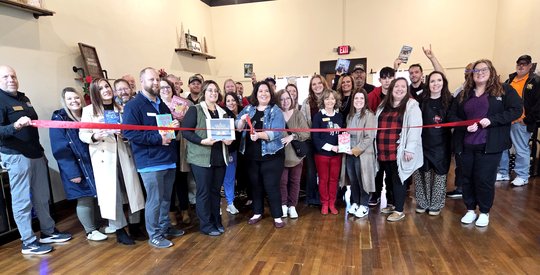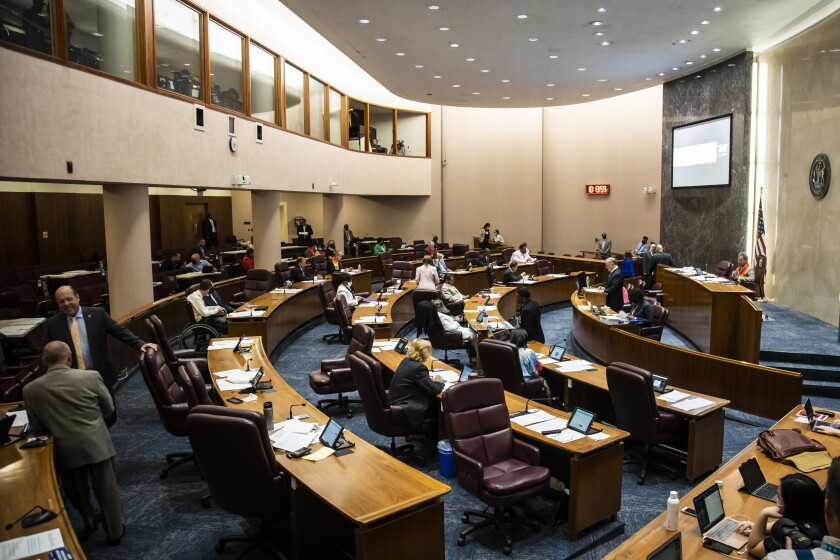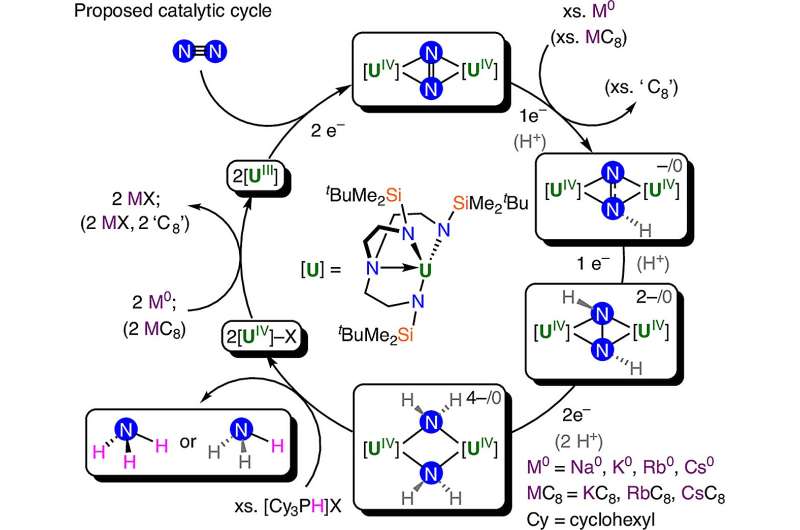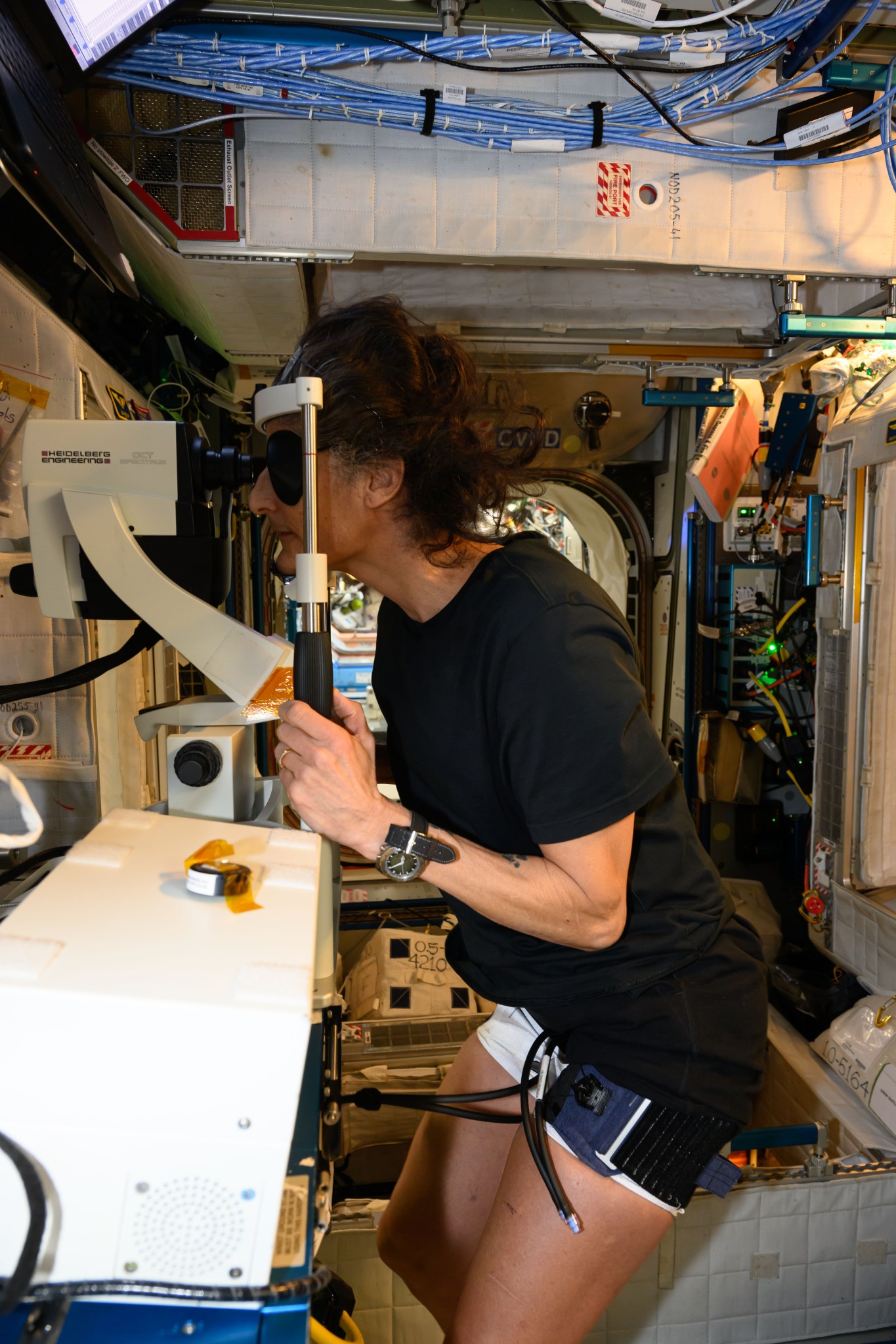Aurora Supercomputer Revolutionizes Aircraft Design with AI
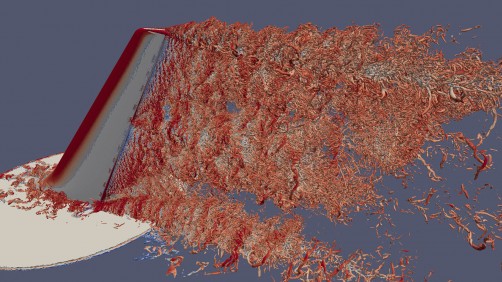
Researchers at the U.S. Department of Energy’s (DOE) Argonne National Laboratory are harnessing the power of the Aurora supercomputer to innovate aircraft design. This advanced computational resource, one of the first exascale supercomputers, can perform over a quintillion calculations per second. It is also recognized as a leading system for artificial intelligence applications, providing critical insights that could reshape the future of aviation.
The Aurora supercomputer is housed at the Argonne Leadership Computing Facility (ALCF), a user facility under the DOE Office of Science. A team from the University of Colorado Boulder is utilizing Aurora’s capabilities alongside cutting-edge machine learning techniques to investigate airflow dynamics around commercial aircraft. This research aims to enhance the efficiency and performance of next-generation airplanes.
Kenneth Jansen, a professor of aerospace engineering at the University of Colorado, stated, “With Aurora, we’re able to run simulations that are larger than ever before and on more complex flows.” These simulations are crucial for developing predictive models that can account for intricate details, such as the airflow around a full vertical tail and rudder assembly during flight.
Traditionally, aircraft are designed with worst-case scenarios in mind, leading to larger vertical tails which result in unnecessary drag and fuel consumption. According to Riccardo Balin, an assistant computational scientist at ALCF, “The vertical tail on any standard plane is as large as it is precisely because it needs to be able to work effectively in such a situation.” The research team believes that a better understanding of airflow physics could allow for smaller, more efficient tail designs without compromising safety.
To achieve this, the team is employing Aurora to conduct large-scale fluid dynamics simulations using HONEE, an open-source solver tailored for modeling turbulent airflow. These high-fidelity simulations generate essential training data for subgrid stress (SGS) models, which are integral to turbulence modeling in lower-resolution simulations. Improved SGS models could lead to more accurate airflow predictions while significantly reducing simulation costs and minimizing the reliance on expensive wind tunnel tests.
Kris Rowe, another assistant computational scientist at ALCF, emphasized the ambition of their project: “While that’s a very ambitious goal, getting there involves improving the accuracy and robustness of our simulation tools.” The team is also leveraging near-future computing powers to run more extensive and realistic simulations.
The new method developed by the researchers utilizes “online” machine learning during simulations, enabling real-time data analysis. This approach eliminates the need for large data storage and allows for immediate application of insights during the simulation process. Rowe explained, “Online machine learning refers to carrying out simulations that produce training data at the same time that the actual training task is carried out.”
This innovative strategy allows the team to build smarter models capable of predicting turbulent air behavior, particularly in challenging conditions. It opens avenues for testing new ideas for real-time flow control and assessing the performance of smaller tail designs under extreme scenarios.
The complexity of turbulence, described by Rowe as a “chaotic, nonlinear system,” poses significant challenges for traditional models. To generate high-quality turbulence data, extensive high-fidelity simulations are required, which is where Aurora’s capabilities come into play. Balin noted that specialized software, like the open-source SmartSim library, streamlines data flow directly from simulations to machine learning models, enabling concurrent training and simulation on the same compute node. This efficiency is crucial for managing the large data flows generated by Aurora.
To support their large-scale numerical calculations, the team utilizes PETSc, an Argonne-developed toolkit designed for efficient solvers in complex scientific computing. By combining Aurora’s exascale computing power with these advanced computational tools, the team is transforming aircraft design processes, hastening the development of next-generation models while reducing the need for costly physical tests.
“Our collaboration with airplane manufacturers ensures we address the most relevant challenges for current and future designs,” Jansen stated. The research is part of the ALCF’s Aurora Early Science Program, supported by DOE’s Innovative and Novel Computational Impact on Theory and Experiment (INCITE) program.
As a cornerstone of the scientific community, the Argonne Leadership Computing Facility provides supercomputing resources that foster fundamental discovery across various disciplines. Managed by UChicago Argonne, LLC, for the DOE’s Office of Science, Argonne National Laboratory aims to tackle pressing national challenges in science and technology through cutting-edge research. The DOE’s Office of Science is the largest supporter of basic research in the physical sciences in the United States, actively addressing some of today’s most critical issues. For further information, visit the DOE Office of Science website.


